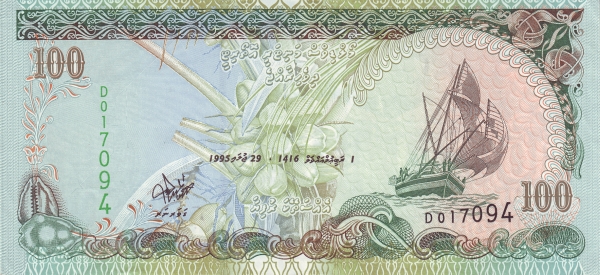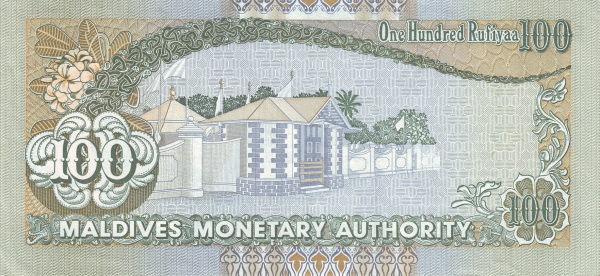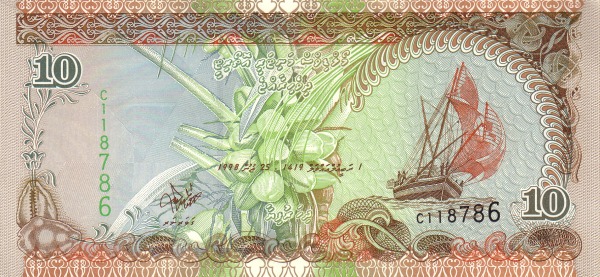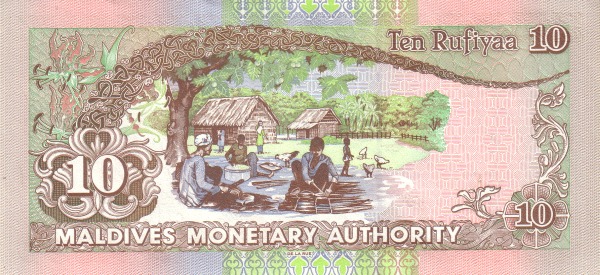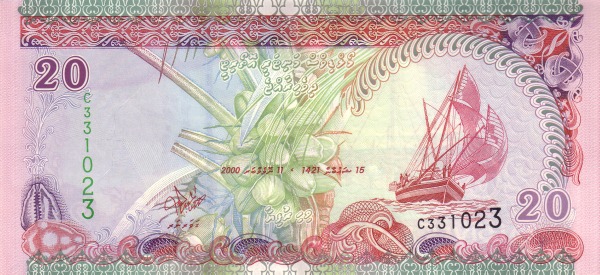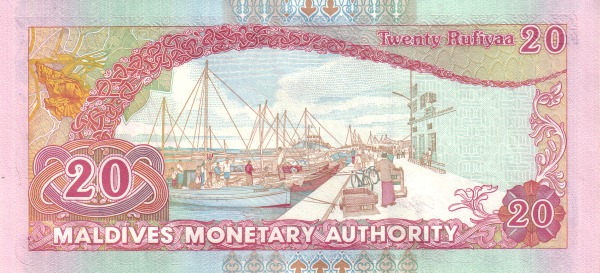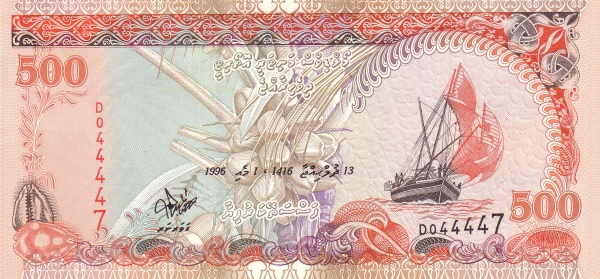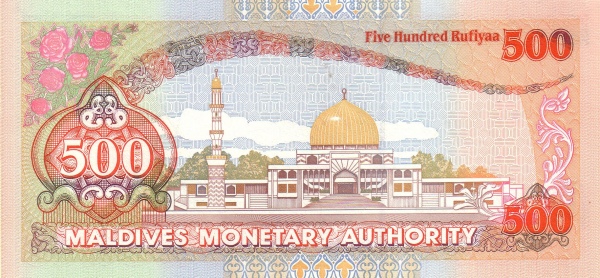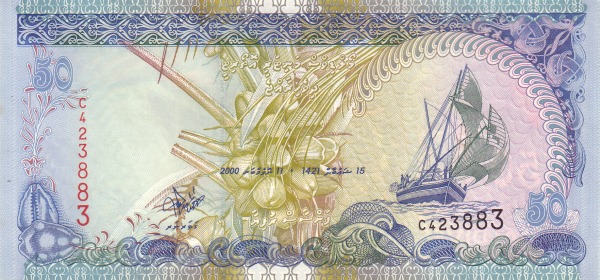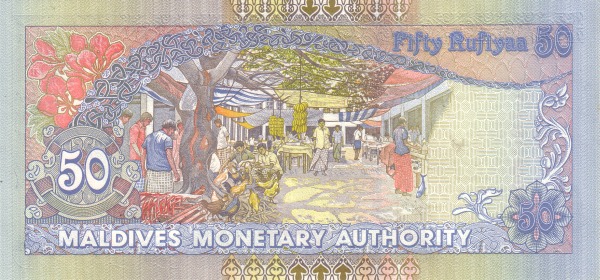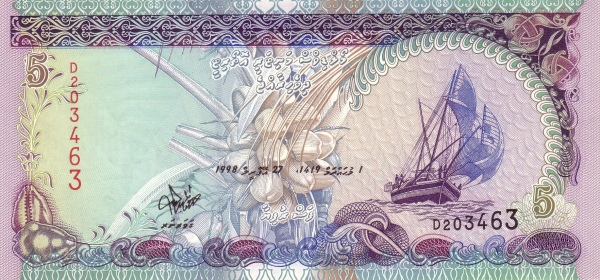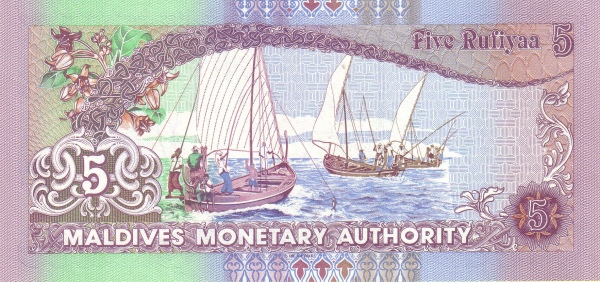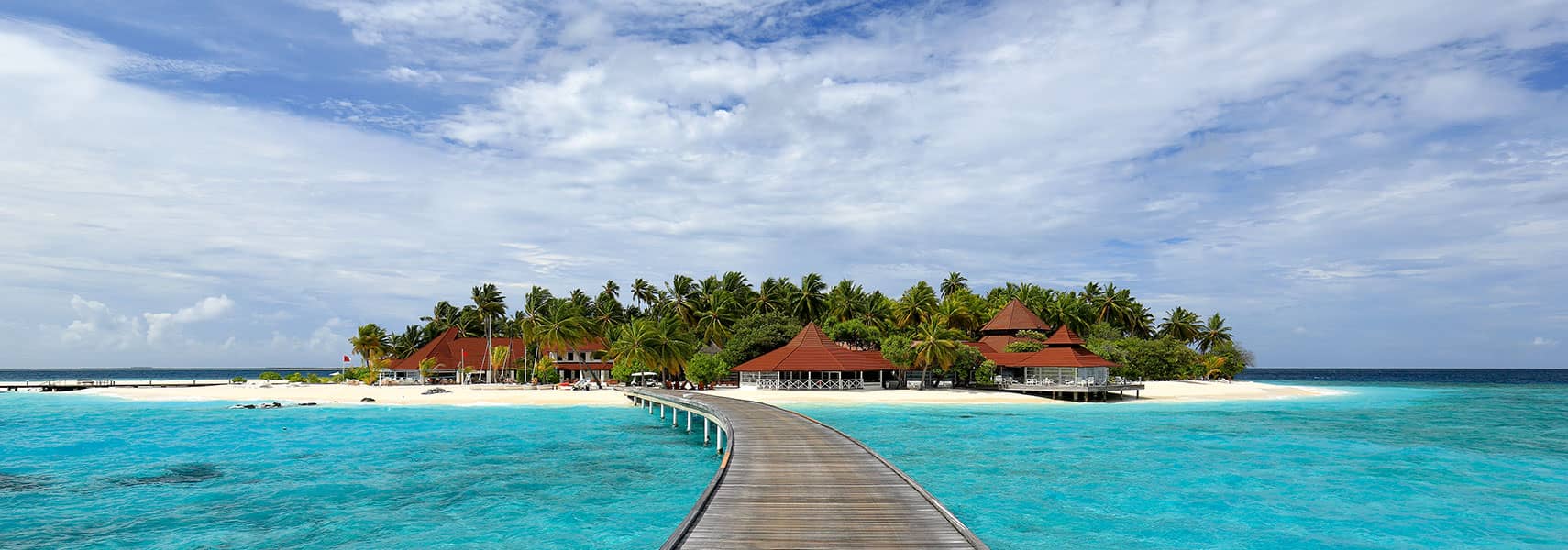Discovering the Enchanting Maldives
The Maldives, officially known as the Republic of the Maldives, captivates travelers with its stunning chain of coral islands and atolls nestled in the Indian Ocean. This remarkable nation comprises approximately 1,200 coral islands, elegantly grouped into 26 atolls. Covering an astounding area of 90,000 square kilometers, the Maldives is comparable in size to Portugal. However, this island paradise remarkably occupies a land area of just 298 square kilometers, which is similar to that of Malta and less than twice the size of Washington D.C. This unique geographical context positions the Maldives not just as a breathtaking getaway but also as one of the world’s most dispersed countries.
A Glimpse into the Population and Culture
Boasting a population of around 347,000 inhabitants, according to 2015 estimates, the capital city, Male, serves as the cultural and economic heartbeat of the Maldives. Residents primarily speak Dhivehi, an Indo-Aryan language that possesses a rich vocabulary influenced by various cultures throughout history. In terms of religious practices, the Maldives predominantly embraces Sunni Islam, with about 98.4% of the population identifying as Muslim.
History and Historical Significance
Archaeological evidence suggests that the fascinating history of the Maldives begins around 1500 BC when these islands were first inhabited. Aryan immigrants appear to have been the initial settlers, likely arriving around the same time they colonized Sri Lanka. Over time, subsequent migrations from Southern India and Sri Lanka further diversified the population. Notably, Arab traders significantly impacted Maldivian culture, and in 1153 AD, the nation officially converted to Islam, which has since played a vital role in shaping its societal values and traditions.
Strategic Importance and Political Landscape
The Republic of Maldives' strategic location along major sea lanes makes it an essential hub for maritime activities. After gaining independence from Britain on July 26, 1965, the Maldives transitioned into a republic in 1968, marking a new chapter in its governance. The constitution established on November 11, 1968, further solidified its commitment to democratic values and structures.
Geographical Features and Climate
The Maldives sits in Southern Asia, characterized by its flat coral islands that contribute to a breathtaking landscape. The climate in the Maldives remains hot and humid, perfectly complementing its island allure. Nature thrives here, with rich marine life and vibrant coral reefs, making it a fantastic destination for diving and snorkeling enthusiasts.
Demographics and Society
In terms of demographics, the Maldivian population comprises South Indians, Sinhalese, and Arabs. The literacy rate stands impressively at 98%, reflecting the nation’s commitment to education and development. English is widely spoken among government officials, making communication easier for international visitors.
Economy and Industry
The economy of the Maldives heavily relies on tourism, fishing, and various industries that contribute to its growth. Fishing, in particular, serves not only as a livelihood for many but also positions the Maldives as a major exporter of fish, which forms a significant part of its economy. In addition to fish, the nation also processes coconuts and other agricultural products such as corn and sweet potatoes, creating a diversified economic base.
Export and Import Dynamics
The Maldives exports primarily focus on fish, catering to international markets. Key export partners include Thailand, France, Germany, and the USA, among others, with each country contributing to the economic sphere of the Maldives. On the other hand, the nation imports essential commodities such as petroleum products and clothing. Major import partners consist of the UAE, Singapore, and China, showcasing the Maldives' interconnected global presence.
Tourism: A Jewel in the Ocean
Tourism emerges as one of the paramount sectors driving the Maldivian economy. The allure of pristine beaches, crystal-clear waters, and luxurious resorts creates a perfect environment for relaxation and adventure. Visitors often indulge in water sports like diving, snorkeling, and surfing, which allow them to immerse themselves in the stunning underwater world. Additionally, the Maldives is home to some of the most exclusive resorts, where travelers can experience unparalleled luxury amid breathtaking surroundings.
Navigating Natural Resources
Exploring the Maldives reveals a wealth of natural resources that contribute to its unique environment and economy. The plentiful fish and corals not only support local livelihoods but also enhance the biodiversity of the archipelago. These resources define much of the nation's economic foundation and cultural aspects, influencing local diets and traditions.
The Future of the Maldives
Looking ahead, the Maldives faces various challenges, including climate change and rising sea levels. As a nation made up of low-lying islands, safeguarding its environment remains crucial. However, the government and local communities actively engage in initiatives aimed at promoting sustainability and preserving the natural beauty of this extraordinary nation.
In summary, the Maldives stands as a remarkable example of a tropical paradise filled with rich culture, unique geography, and economic potential. This beautiful nation continues to charm travelers while also laying foundations for a sustainable future.
Largest cities of: Maldives
| City Name | Population | Year of foundation | |
| Malé | 200,000 | 1153 | |
| Addu City | 35,000 | 1993 | |
| Fuvahmulah | 14,000 | 2000 B | |
| Kulhudhuffushi | 12,600 | 1962 | |
| Naifaru | 7,000 | circa 1856 | |
| Dhidhdhoo | 4,000 | Circa 1100 | |
| Thulusdhoo | 3,000 | 2000 |
Maldives: Money
